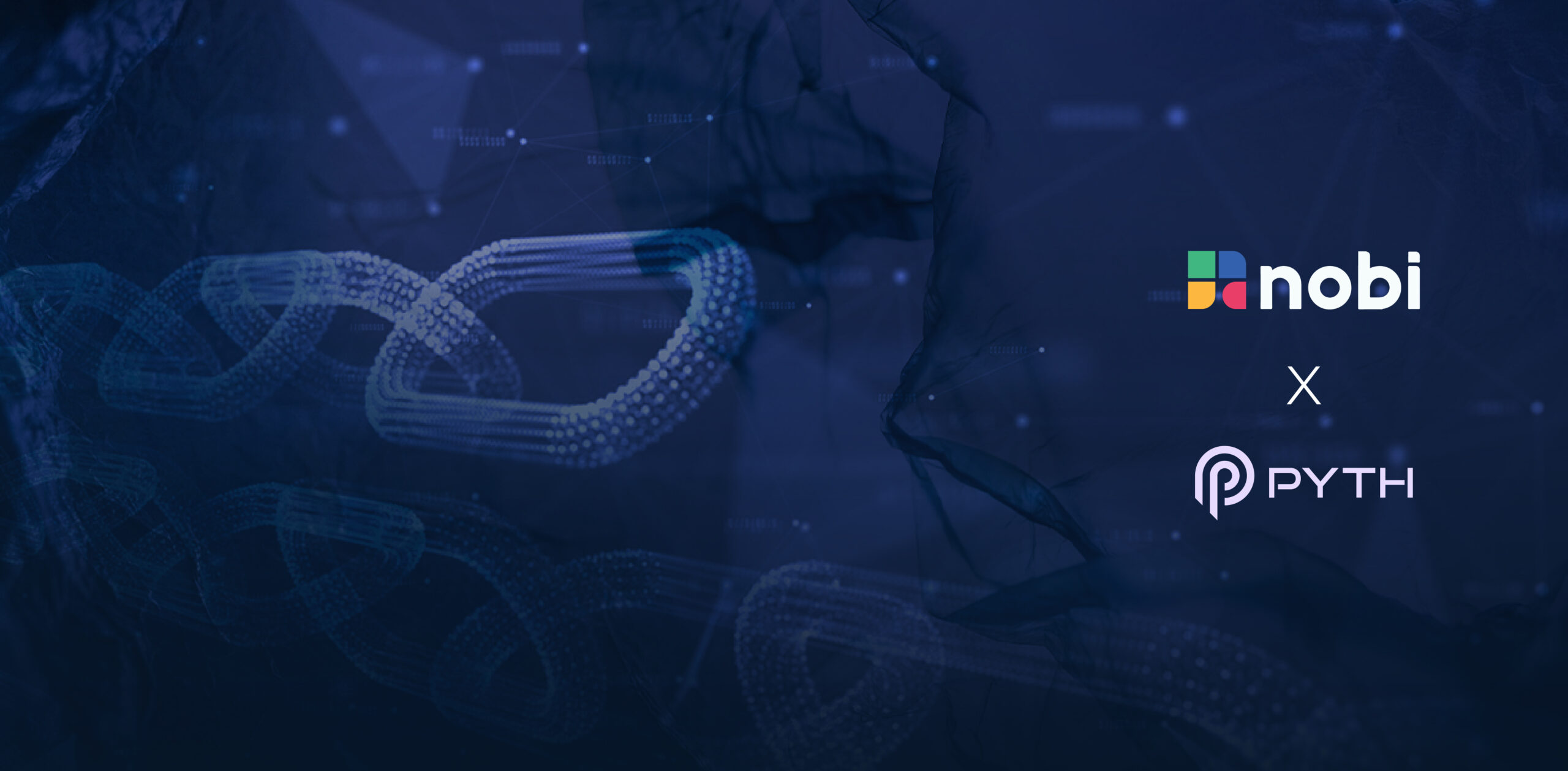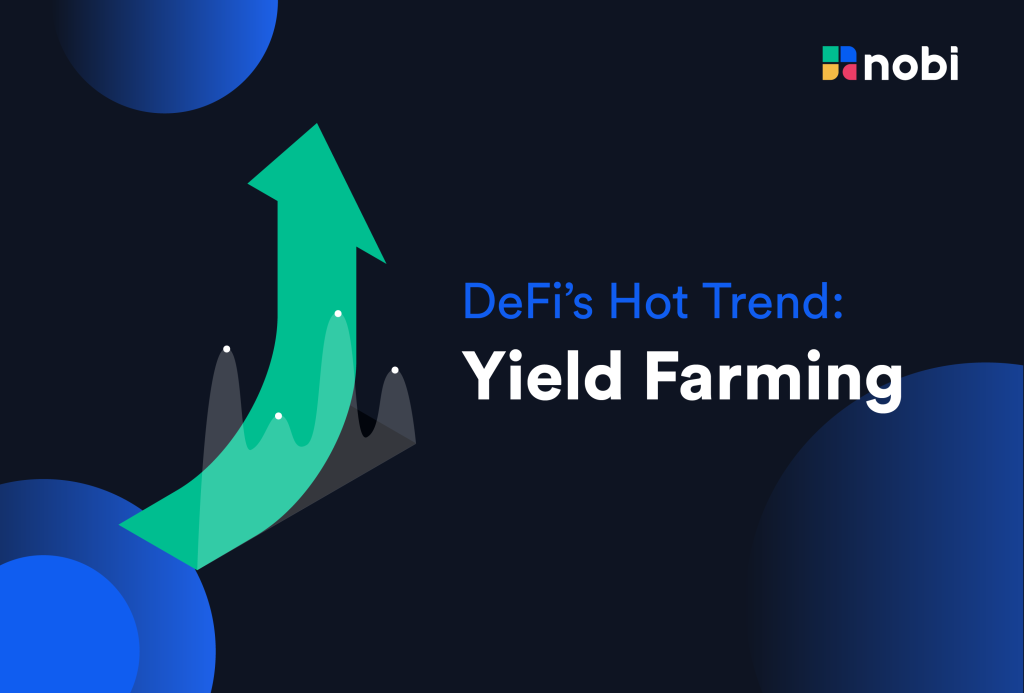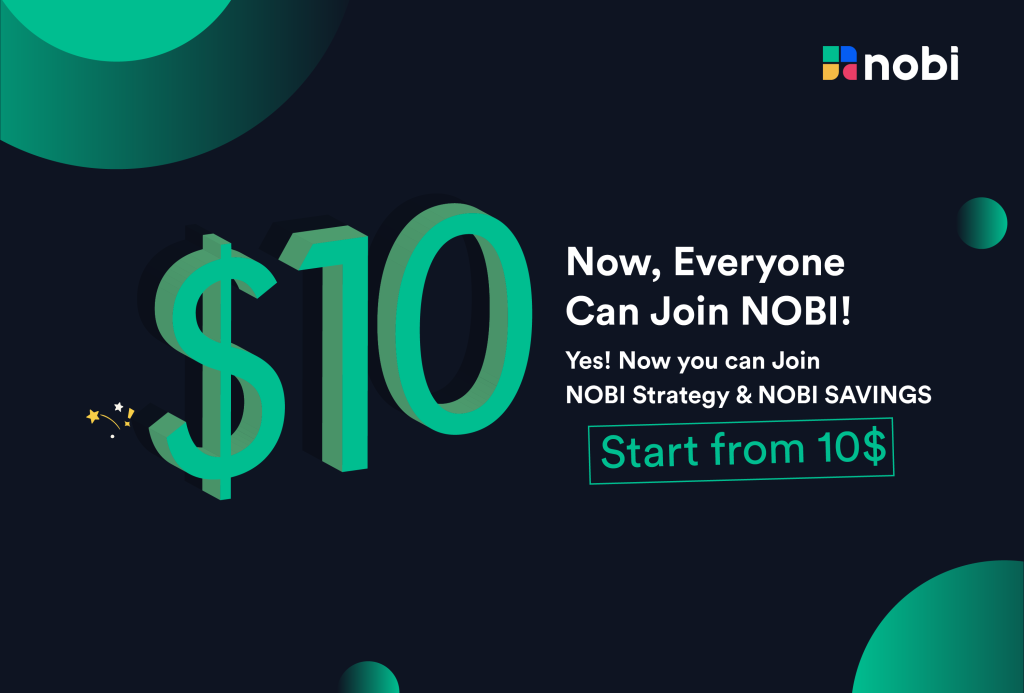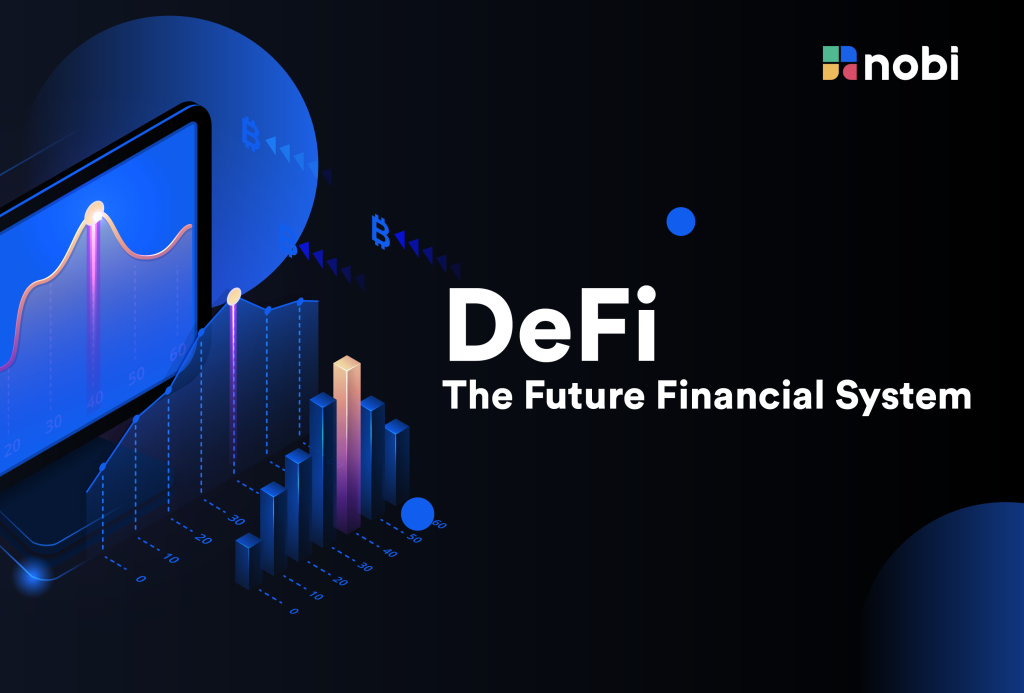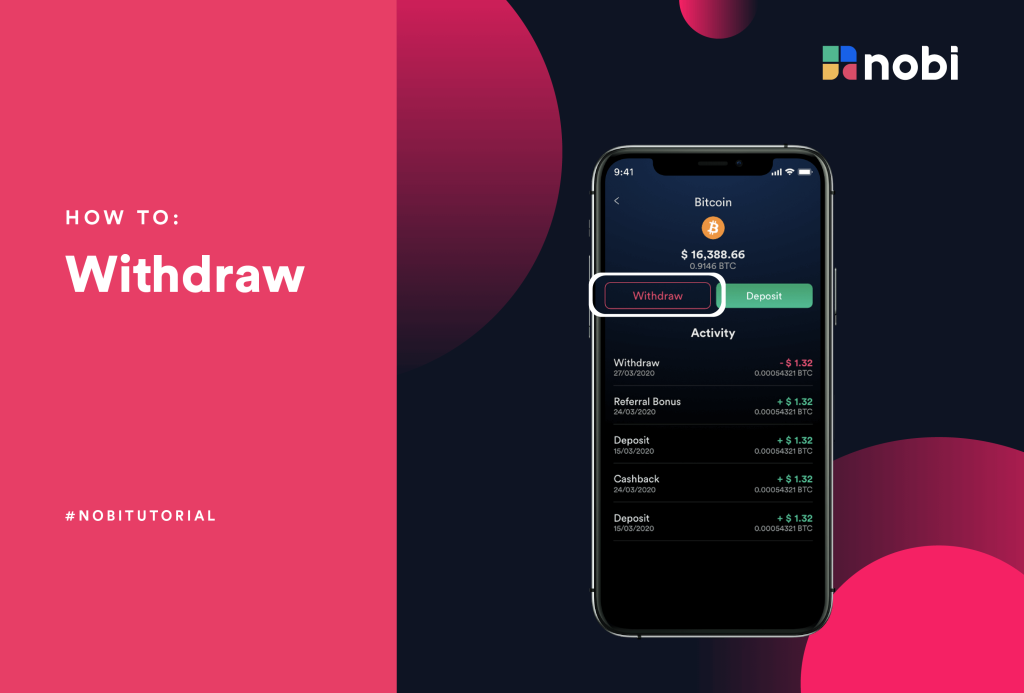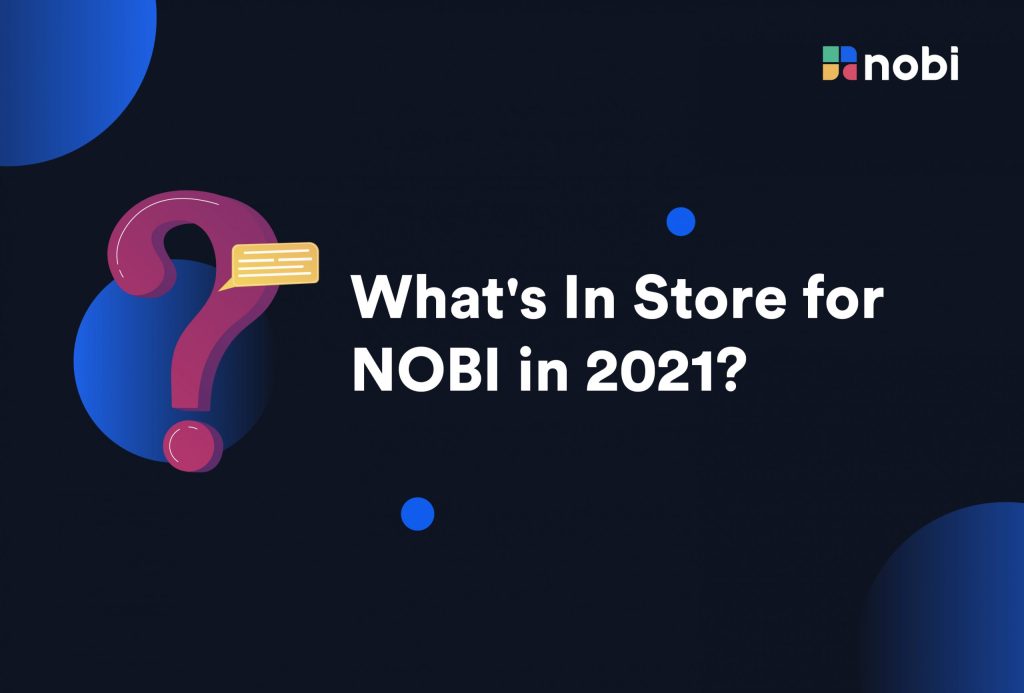Blockchain networks like Bitcoin and Ethereum work best on their own, however they work independently in isolated ecosystem and unable to interact or communicate with each other. Thus creates a problem about blockchain interoperability (a blockchain ability to work with other blockchain). Project named Polkadot (DOT) born tries to solve this problem to create an ecosystem where all the individual blockchains can interact and communicate with each other.
Introduction
Currently, most blockchain networks operate individually in isolated ecosystem. For example, a transaction or activity inside the Ethereum network cannot be seen on the Bitcoin network, and vice-versa. This creates a barrier to blockchain adoption and needs to be solved. The crypto developers and communities try a couple of solutions regarding these problems with the creation of blockchain ‘Bridge’ or ‘Wormhole’, to bridge or transfer one blockchain’s asset into another blockchain. Although this solution may work for one or two protocols, when it comes to hundreds or thousands of protocols in terms of current Decentralized Finance ecosystem, these Bridge or Wormhole may pose a greater risk of failure than its benefits.
This is why Polkadot comes as a solution to connecting each of these individual blockchain to work in harmony and as a unified ecosystem. This idea came from Gavin Wood, a computer scientist who co-founded the Ethereum network and was the main developer of Ethereum programming language, Solidity.
Who Created Polkadot?
Gavin Wood then left Ethereum foundation and wrote the Polkadot whitepaper in 2016. Polkadot was founded by Gavin Wood alongside co-founders Peter Czaban and Robert Habermeier. Wood analogizes scattered dots that need to be unified by drawing a line between them (connecting the dots) as a visualization of how Polkadot network works. Back in 2015 Wood founded Parity Technologies with Jutta Steiner, with its purpose to implement projects wishing to build on Ethereum. It also worked on software essential to powering Ethereum, including one of two clients run by a majority of network nodes.
Parity Technologies now maintains Substrate, a software development framework primarily used by Polkadot developers who wish to quickly create parachains.
In 2020, the Polkadot network successfully launched with its own testnet the Kusama network. Polkadot is the flagship project by Web3 Foundation, a Swiss Foundation founded to facilitate a fully functional and user-friendly decentralized web.
How Does Polkadot Work?
The Polkadot network consists of some important infrastructure, The Relay Chain, The Parachain and Bridge.
- The Relay Chain is the core of Polkadot network where transactions are finalized. It separates the addition of new transactions from the act of validating those transactions. This model allows Polkadot to process over 1,000 transactions per second.
- Parachains are custom blockchains that use the relay chain’s computing resources to confirm that transactions are accurate. In short The Relay Chain and The Parachain can exchange information with each other at all times. A parachain resident can be various forms of crypto project, from a blockchain itself, a WEB3 protocol, DeFi protocol, NFT platform, etc.
- Bridges allow the Polkadot network to interact with other blockchains. Work is underway to build bridges with blockchains like Ethereum, Cosmos, EOS and Bitcoin, which would allow tokens to be swapped without a central exchange.
.Many crypto communities called Polkadot Parachains as the ‘layer zero’ blockchain that connects multiple layer-1 blockchain with each other. So far, Polkadot parachains prominent projects are Acala, Moonbeam and Phala.
There are 20 live parachain projects in Polkadot network with hundreds still being experimented, while the foundation pushes for 50 to 200 parachains going live in the future.
What is DOT Token?
Polkadot have their own native token named DOT. Using the proof-of-stake (PoS) consensus, staking mechanism are available to anyone who stake their DOT token and earn commission as reward. DOT token also grants the token holder to participate in Polkadot governance by voting every time if the network needs certain upgrade, adjusting network fee, and choosing which parachain project deployment or removal. And the most important utility of DOT token is for the ‘Bonding’ process. A project can live on the parachain if there are ‘bonded DOT’ being staked, and the project could also removed by removing the bonded token from a particular parachain.
Now, DOT token ranked top 15 in crypto largest market cap with more than $6 billion valuation from 1.3 billion circulating supply of DOT token.
The Initial token distribution of DOT token:
- 3.4% is allocated to Private Sale Investors
- 5% is allocated to SAFT Investors
- 11.6% is allocated to Future Sales
- 30% is allocated to Web 3 Foundation
- 50% is allocated to Auction Investors
Polkadot has an initial supply of 10 million DOT token with maximum supply of infinite token. In August 2020, the DOT token redenomination occurred with 1:100 ratio, and created a total circulating supply of 1 billion DOT until now.
The infinite maximum supply of DOT tokens made DOT as an inflationary asset, which gained additional supply for each year. While other crypto projects aim to be deflationary, DOT stays with inflationary principle because the developer foundation believes people will more reluctant to sell the DOT tokens they hold if its value or price increases. Sudden flow of selling pressures can disrupt activities on the Polkadot ecosystem.
Polkadot inflationary rate range between 7% – 10% per year
It means a supply of 7% – 10% from circulating DOT tokens will be minted per year
Kusama Testnet
Polkadot network consist a wide variety of connected parachain projects, which means if one parachain encounters a problem, this can be contagious to other connected parachains. To prevent this problem, Gavin Wood created an experimental blockchain similar to Polkadot, named Kusama Network.
Kusama serves as an experimental ecosystem for developers to try and practice their project utility, functionality and security. Although Kusama serves as Polkadot testnet, the economic system runs with real capital inside the network using the KSM tokens. In other words Kusama is an independent blockchain ecosystem with its own economy system for developers and communities trying out crypto project real world situations before launch in Polkadot parachains.
Moonbeam
Moonbeam is a multi-chain with the Ethereum smart contract capabilities (EVM compatible) that runs on Polkadot parachain. This means developers can build Ethereum based protocols on the Polkadot network, on top of that users also benefited with the multi-chain capabilities within the Moonbeam, Ethereum network and Polkadot’s parachain itself.
Acala Network
Acala is decentralized finance (DeFi) with EVM compatibility which runs on Polkadot’s parachain. As a DeFi protocol, Acala specialized on liquidity hub for Polkadot’s parachain with its stablecoin aUSD (Acala Dollar). With Acala network, users bridge assets from another chain to Polkadot parachain, swap tokens, even earning passive income with its liquidity staking features.
Polkadot Advantages
| 100.000 transaction per second (ETH 15 TPS, BTC 7 TPS) |
| Using Nominated Proof-of-Stake mechanism (NPoS) where network validator chosen by the nominator and both of this parties earn commision for securing the entire network |
| 18% staking return per year |
| Minimum staking of 1 DOT |
| Built for serious crypto developers |
| Parachains interoperability |
| Kusama Testnet as practice network for developers and supporters |
| Fork-less upgrade, network upgrade does not require migration onto newer chains |
How Does Staking Work on Polkadot?
- Validators
Secure the Relay Chain by staking DOT, validating proofs from collators and participating in consensus with other validators.
- Nominators
Secure the Relay Chain by selecting trustworthy validators and staking DOT
- Collators
Maintain shards by collecting shard transactions from users and producing proofs for the validator.
- Fishermen
Monitor the Polkadot network and report bad behavior to validators.
Users who stake DOT and perform these roles are also eligible to receive DOT rewards.
Related Article




